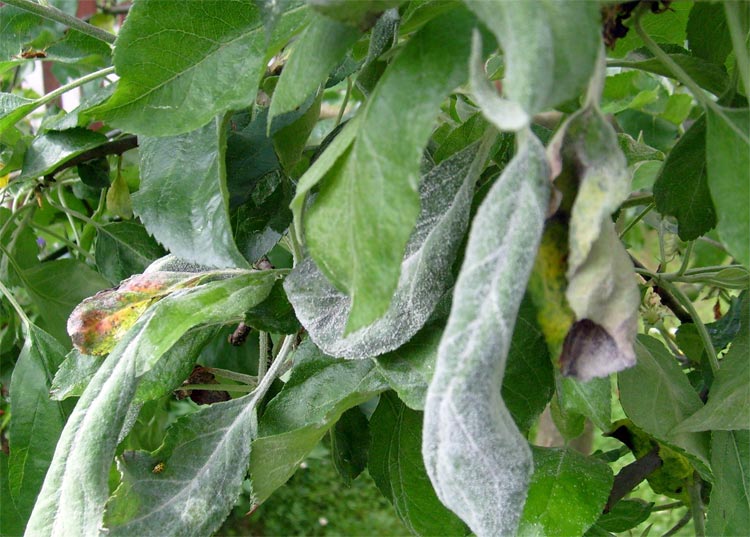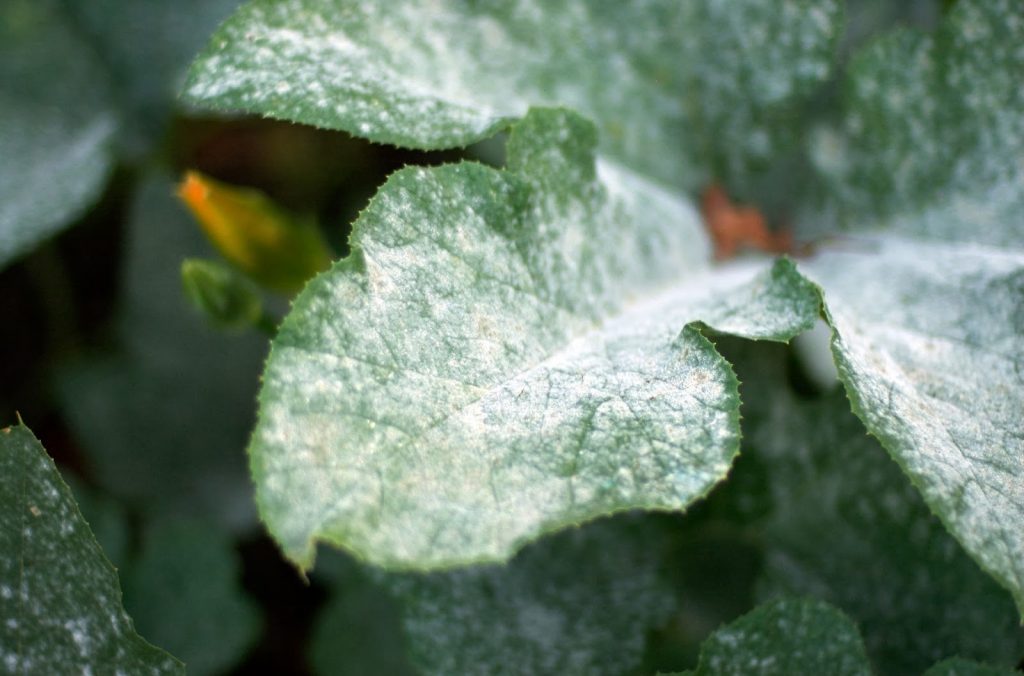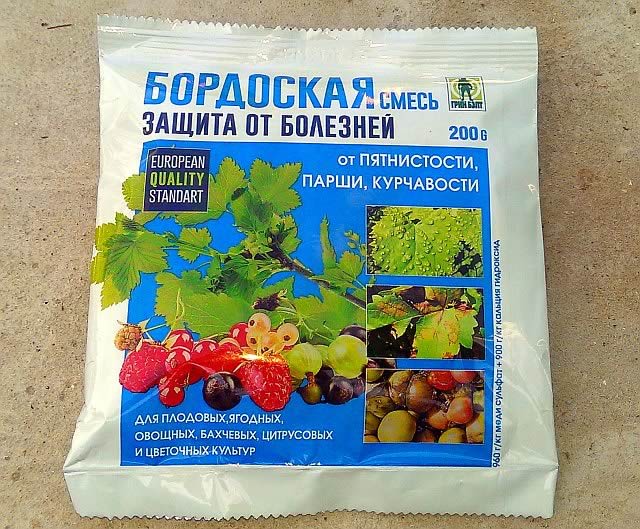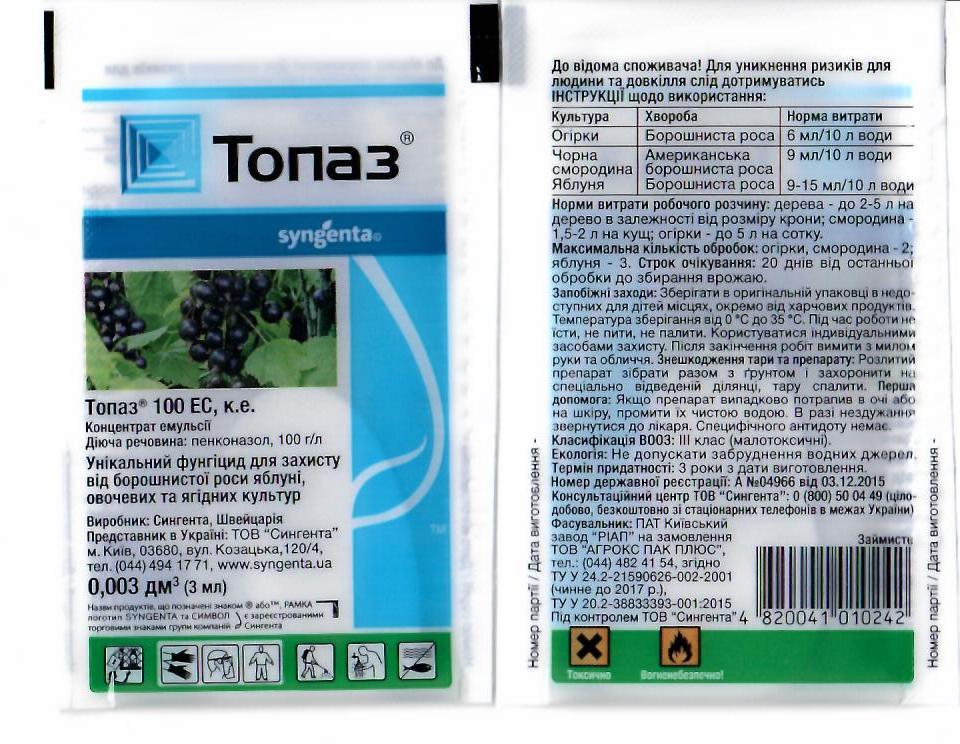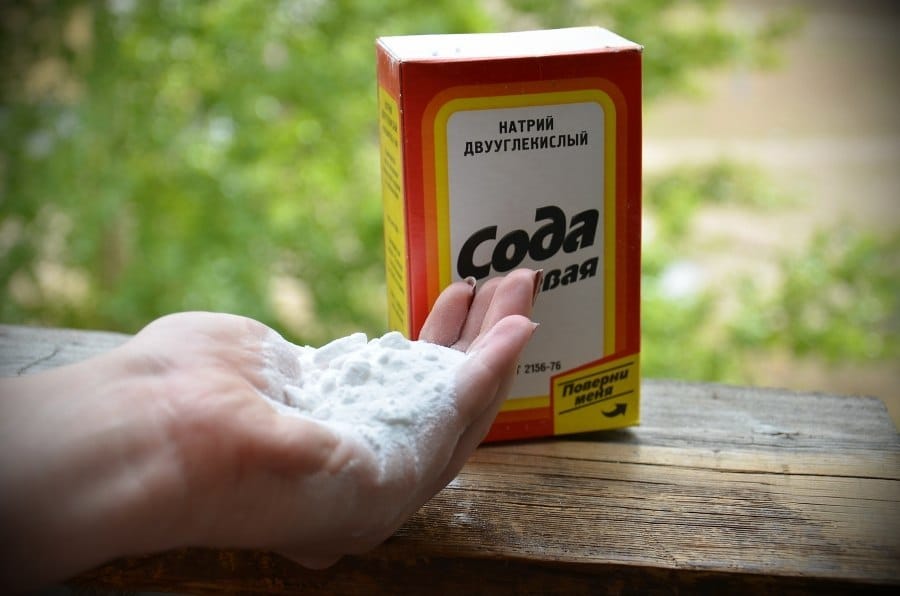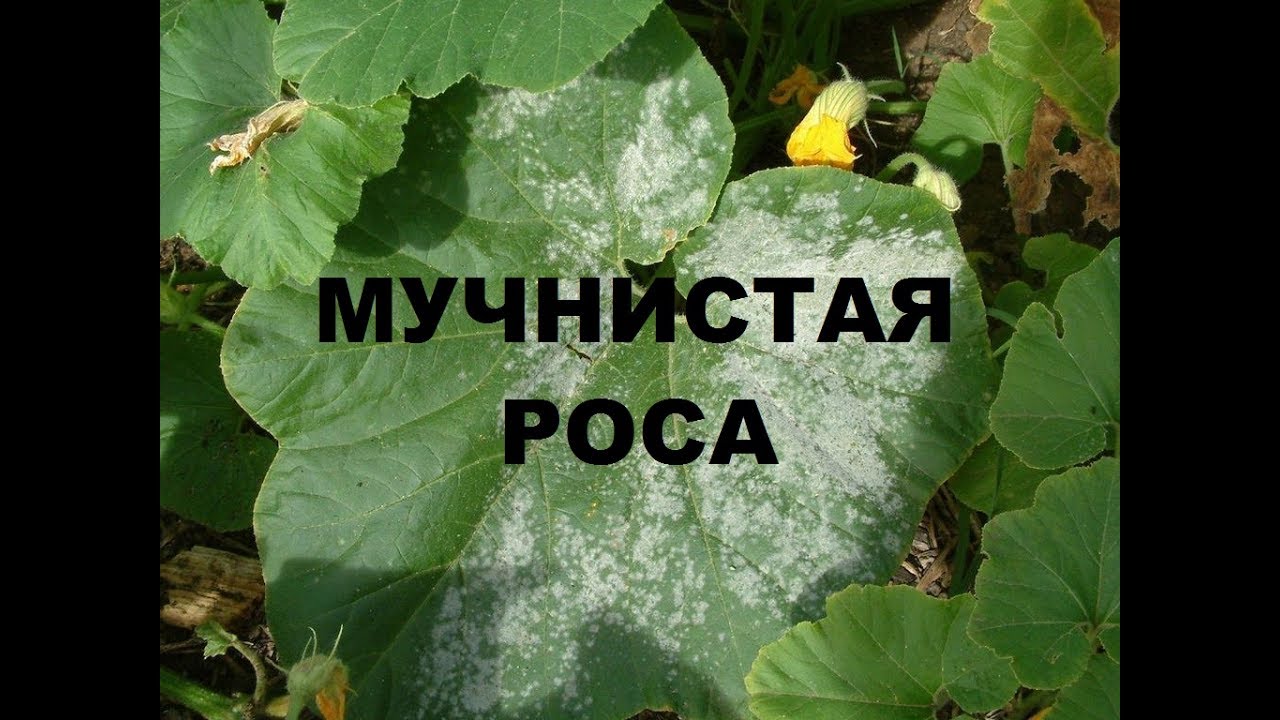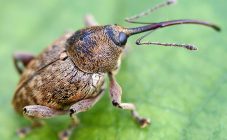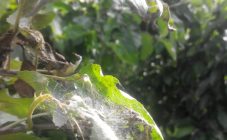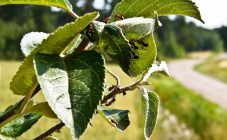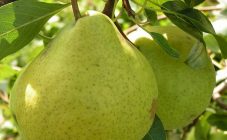Content:
The most common tree in the gardens of gardeners and summer residents is the apple tree. She is loved for the taste and benefits of the fruits, which are rich in vitamins and fiber, necessary for the functioning of the human body. But what to do if in one of the seasons a white bloom appears on the leaves of the apple tree? It is very important not to miss this moment, since plaque is the first stage of a disease on a tree called powdery mildew.
Powdery mildew: description and reasons
Powdery mildew is one of the most serious tree diseases that affects all organs: leaves, young shoots, inflorescences. In the later stages, in the absence of disease control measures, the fruits are affected. The cause is the Erysiphales mushroom. Scientists still cannot answer how this mushroom appears on a tree. However, it is known for sure that its spores are able to winter in the bark of branches and trunk, as well as in the ground of the trunk circle. The activation of mushrooms occurs in early spring. This moment coincides with the beginning of bud opening and the formation of the first leaf on the apple tree.
The most favorable conditions for the preservation and primary germination of fungal spores is a humid environment. Moreover, its fastest development occurs in hot weather. Therefore, in the areas of agriculture, in which warm days are replaced by heavy rains in April-May, the danger of infection of the tree with powdery mildew is increased.
White bloom on apple leaves and other signs of powdery mildew
So, the white bloom on the leaves of the apple tree is nothing more than the mycelium of the marsupial fungus, which attaches itself directly to the feeding organs of the plant. On such superficial myceliums in the spring and summer, spores begin to appear abundantly, after which it begins to grow. During this period, white spots on the leaves of the apple tree are covered with a brown-gray bloom, which darkens over time. On the shoots and leaves, black dots begin to appear on the upper side, a gray bloom forms on the lower side, which eventually acquires a brown tint. The affected leaves curl up, ceasing to exist.
Affected inflorescences lag behind in development, have deformation of stamens and petals on flowers. They look like they are yellow-green in color. Growing up, colonies of fungi lead to wilting and shedding of the inflorescence without the formation of ovaries.
It happens that the ovaries are not immediately exposed to the development of powdery mildew on them. But in the absence of care, the disease can spread to them. On young ovaries, an external mycelium appears - a marsupial fungus. It disappears over time, but a rusty trace in the form of a net remains on the peel of the apples.
Young branches, on which powdery mildew has appeared, grow poorly. Usually their top is brown. Basically, if they do not wither during the growing season, they freeze out in winter for half of the total.
Powdery mildew on an apple tree: how to fight
The appearance of powdery mildew on an apple tree threatens the gardener with the following troubles:
- Due to the defeat of inflorescences, flowers and fruits, the overall yield is reduced. Losses can be up to half of the harvest.
- The winter hardiness of the affected trees is significantly reduced, which can cause crop failure the next year.
- Disease is especially dangerous for nurseries, where, following one tree, others can also get sick.
In order to prevent catastrophic consequences for the garden, you need to diagnose the development of a disease in a tree in time. Seeing the first signs on the leaves, you need to immediately begin to fight the disease. It includes the use of chemical drugs (contact and systemic), biological drugs, folk remedies.
Chemical preparations
The main method of control is spraying with fungicides - copper-based chemicals. Fungicides are contact and systemic.
Contact fungicides are called fungicides, the action of which begins with direct contact with an infected area. Their action lasts 1-3 hours. These include:
Bordeaux liquid
Bordeaux liquid remains the most common contact fungicide. It consists of 2 components: copper and hydrated lime. Copper kills spores of the fungus, and slaked lime is needed so as not to damage the green leaves and shoots of the tree.
The main thing is to properly dilute the two components of the dry powder in compliance with the required proportions. The instruction is in the packaging of the Bordeaux mixture. To prevent the development of the disease, a 1% solution is used, which is obtained with proper dilution of the components of one package. With a strong course of the disease, it is better to treat the leaves, shoots and lignified parts of the apple tree with a 3% solution of Bordeaux liquid. It is obtained by correct dilution and subsequent mixing in one container of 3 packs of the product. The total volume of water is 10 liters.
Colloidal sulfur
Another popular drug is colloidal sulfur and its full analogue is thiovit jet. Its main active ingredient is sulfur. It helps not only in the fight against powdery mildew, but also against insect pests such as mites.
When a tree is severely affected by a disease, contact fungicides alternate with systemic ones.
The components of systemic fungicides penetrate the leaf spores and are carried with the juices to all organs of the tree. Their action lasts about 3 weeks.
Systemic fungicides include:
Topaz
The most common remedy for powdery mildew is topaz. To fight the disease, you need to spray the tree every 4-6 days. At the same time, you should not be afraid of rain. For complete absorption of the elements of the drug into the pores of the leaves, 30 minutes are required. Moreover, the first effect of using the drug - the death of fungal spores - can be observed during the first 3 hours of use.
HOM
An analogue of Bordeaux liquid is the use of the systemic drug HOM (copper oxychloride). It is one-component and therefore easier to prepare.
Quadris
The drug Quadris is very good for the fight against powdery mildew.Its action is based on the fact that when it hits an apple tree leaf, it blocks the access of oxygen to fungal spores. Its action begins within 1 hour after use.
Biological drugs
- Fitosporin... Microbiological preparation based on live spores and cells. The period of processing trees 1 time in 2 weeks in any weather.
- Baikal m... This preparation contains live bacteria that feed on microorganisms, including fungi. A sufficient concentration of the drug is 10 ml per 10 liters of water (1: 1000). Use similar to phytosporin.
Folk remedies
- Ash... The most common measure to protect an apple tree from powdery mildew is to shed ash on the leaves. It is not a comfortable habitat for fungal spores. Ash also helps to protect against insect pests.
- Another available protection method is whey use... An aqueous solution is prepared in a ratio of 1:10. It disinfects the affected areas. The resulting film blocks the access of oxygen to the spores of the fungi, which contributes to their death.
- Treatment can be carried out with mustard powder... For this, 2 tbsp. tablespoons of powder dissolve in 1 bucket of water. Spraying is carried out with this solution.
- You can also do horsetail decoctiondiluted in water in a proportion of 100 g per 1 liter. Another way is to combine 5 g of copper sulfate, 50 g of liquid soap and dissolve in 5 liters of water.
- The most common and most affordable remedy in the treatment of powdery mildew by folk methods is baking soda... It is blended with other ingredients to provide disease treatments.
There is no universal rule for creating a soda-based solution. There are many recipes. Here are two of them:
- Dissolve 100 g of laundry soap in 10 liters of hot water, stirring constantly, add 2 tbsp. spoons of soda. Bring to complete dissolution of the components.
- 25 g of soda, 5 g of liquid soap are mixed in 5 liters of hot water and brought to complete dissolution.
Preventive measures
To get a good harvest of large ripe apples, it is important not to take the development of diseases to extremes. Therefore, you need to start acting even before the first signs of powdery mildew appear, taking preventive measures.
In the summer, you need to carry out preventive pruning of diseased shoots, if any, collect fallen leaves. Pruning helps keep the crown from thickening.
At the beginning of the ripening period of the fruits, phosphorus-potassium fertilizers are applied. This type of fertilizer not only affects the size, taste and color of apples, but also gives additional strength to the tree to fight diseases and prepare for wintering. Fertilizers are applied not at the root, but in a trunk circle with a radius of 2 m.
In autumn, it is dug to a depth of about 30 cm. This contributes to the death of bacteria that have developed in the upper soil layer and additionally enriches the root system with oxygen. Spraying with chemical and biological agents can also be used for prevention purposes. The main spraying is carried out during the following growing seasons:
- maturation of the kidneys;
- the beginning of flowering (when the buds soften);
- when the flowering is over;
- the next 2 sprays are repeated every 14 days.
In early spring, when the snow has just melted and the wood has dried up, and in the fall, when the leaves have fallen, they carry out a preventive spraying with a 3% solution of ferrous sulfate to destroy the remaining bacteria and prevent them from wintering under the bark.
It is so easy and simple to overcome diseases and pests of apple trees. But even this can be avoided if prevention is carried out in time. And then no powdery mildew will spoil the harvest!
